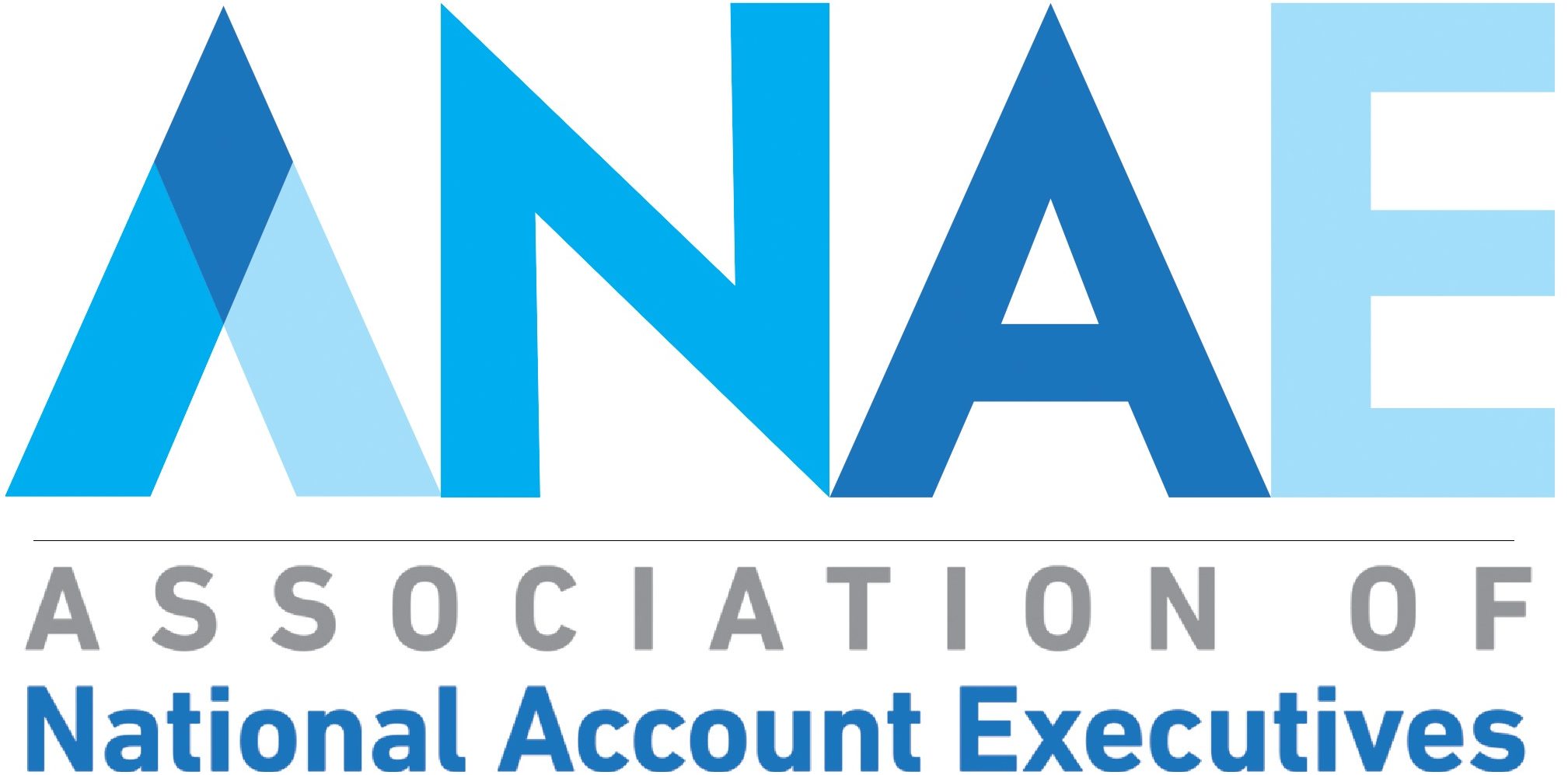ANAE members came from all sides of the supply chain came together and made the recent ANAE Purchased Services Summit a huge success! Members representing virtually every link in the healthcare supply chain engaged in frank and insightful discussions about the huge opportunities that exist in the purchased services space as well as strategies for how to navigate its myriad challenges.
The insights shared at the Summit are simply too important to not share with all our ANAE members. So if you couldn’t make it to the summit, or if you were there and need a refresher, you’re in luck! There was too much good stuff to cram into a single post, so be on the lookout for a host of new blogs over the next few weeks.
As the industry starts to settle into this era of reform, many are beginning to set their sights on conquering the next great unsettled frontier in healthcare: purchased services. Trying to settle the untamed wilderness that is purchased services may seem like a daunting and near-impossible task. There is no denying that settling this space is an expensive and time-consuming endeavor, so why is everyone taking to the trail? Well, to colloquially paraphrase the message of the Summit’s speakers, “There’s gold in them thar’ hills!”
The represented provider organizations mostly reported dedicating around 30 percent of their total annual spend on purchased services (yes, “total spend” not just “supply chain spend”)! For large IDNs like Milwaukee, Wisconsin-based Aurora Health Care and St. Louis, Missouri’s SSM, that 30 percent translates to between $600 – $800 million a year. Then there are organizations like CHRISTUS Health, which has a total supply chain spend of $1.4 billion. And although CHRISTUS didn’t have an exact percentage of how much of that $1.4 billion is dedicated to purchased services, even just a third of the total supply spend would represent a huge opportunity.
The speakers at the Summit came from all over the country. Although no two organizations were at the same stage in their quest to wrangle the purchased-services arena, they are all facing the same set of challenges. Across the board, they pointed again and again to major challenges like a lack of data and organization, which limited their ability to access the value of their contracts; the seemingly impossible task of consolidating a staggering amount of disparate contracts; and the desire for providers and vendors to shift from transactional contracts to value-based relationships.
A chain is only as strong as its weakest link. The insights shared at the summit will help to galvanize you so that, no matter which link you are in the supply chain, you can spur everyone on to greater success. Enjoy this crash course in healthcare’s next great frontier: purchased services!
